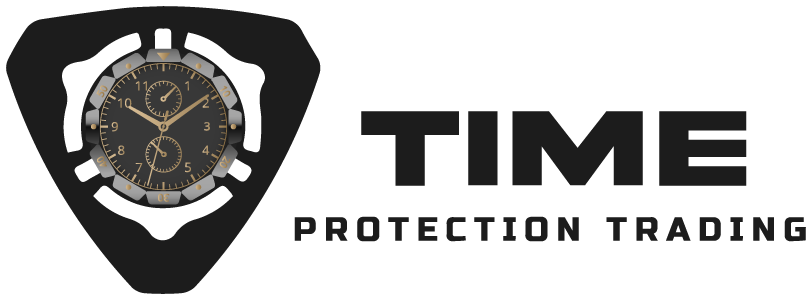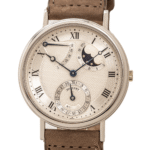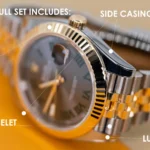Selecting the perfect luxury watch can feel overwhelming with countless prestigious brands and intricate complications vying for attention. Whether you’re investing in your first high-end timepiece or expanding an existing collection, understanding key factors like craftsmanship, heritage, and personal style ensures you’ll choose a watch that brings decades of satisfaction and potential appreciation.
Understanding Luxury Watch Categories
The world of premium timepieces spans multiple categories, each serving different purposes and preferences. Dress watches offer elegant simplicity with thin profiles and clean dials, perfect for formal occasions. Sports watches combine durability with sophistication, featuring robust cases and enhanced water resistance. Complications like chronographs, moon phases, and perpetual calendars showcase technical mastery while adding functional versatility.
Contemporary luxury watch manufacturers also embrace innovative materials like ceramic, titanium, and carbon fiber, creating timepieces that push traditional boundaries while maintaining classical appeal.
Heritage and Brand Reputation Matter
Established manufacturers bring centuries of watchmaking expertise to every timepiece. Rolex watch collections exemplify this tradition, combining legendary reliability with instantly recognizable designs that have adorned the wrists of explorers, athletes, and leaders for generations.
Patek Philippe represents the pinnacle of Swiss haute horlogerie, creating some of the world’s most coveted and complex timepieces. Their motto “You never actually own a Patek Philippe. You merely look after it for the next generation” speaks to the brand’s commitment to creating heirloom-quality watches.
For those seeking cutting-edge innovation, Richard Mille revolutionizes traditional watchmaking with avant-garde designs and advanced materials typically found in Formula 1 racing and aerospace applications.
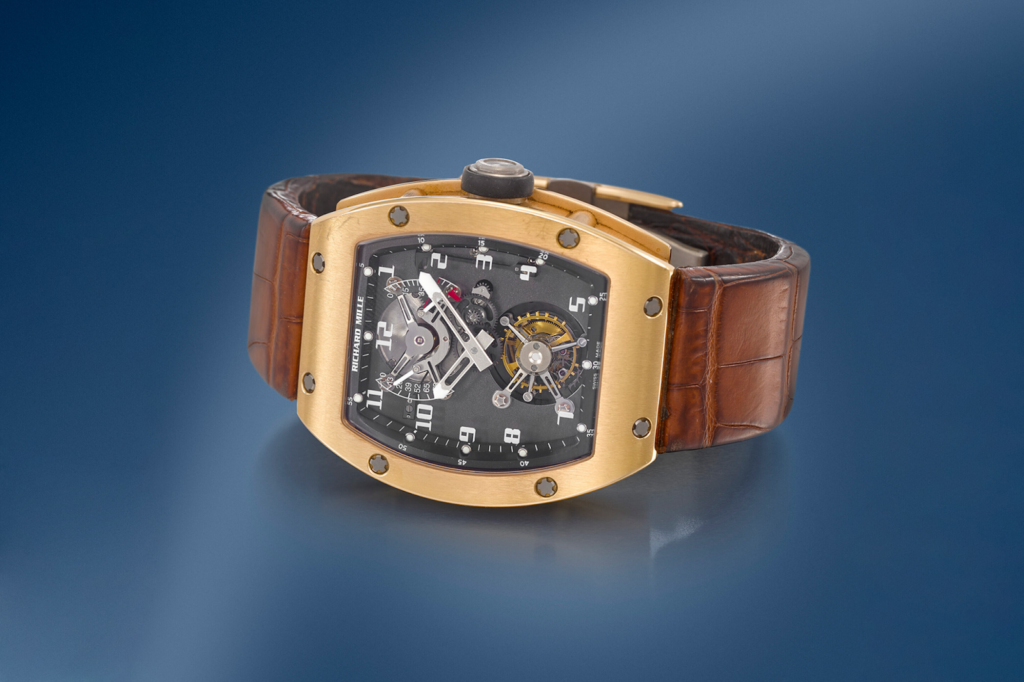
Movement Types and Technical Excellence
The heart of any exceptional timepiece lies in its movement. Mechanical movements, whether manual or automatic, showcase traditional craftsmanship through intricate gear trains and springs. These movements often feature hand-finished components and can be admired through exhibition case backs.
Quartz movements offer superior accuracy and require minimal maintenance, though they lack the romantic appeal of mechanical alternatives. Some luxury manufacturers create hybrid movements combining mechanical traditions with modern precision.
High-frequency movements beat faster than traditional alternatives, providing smoother seconds hand motion and enhanced chronometer performance. Many collectors prefer the gentle sweep of a mechanical seconds hand over the discrete ticks of quartz alternatives.
Case Materials and Construction Quality
Branded watch utilize materials chosen for both aesthetics and durability. Stainless steel offers excellent corrosion resistance and everyday wearability. Precious metals like gold and platinum provide luxury appeal with inherent value retention.
Modern ceramic cases resist scratches and maintain their appearance indefinitely, while titanium offers strength-to-weight ratios superior to steel. Some manufacturers forge cases from single blocks of metal, ensuring structural integrity and water resistance.
Case finishing reveals manufacturing quality through details like brushed surfaces, polished edges, and seamless transitions between different textures. Well-executed cases feel substantial without being cumbersome.
Dial Design and Readability
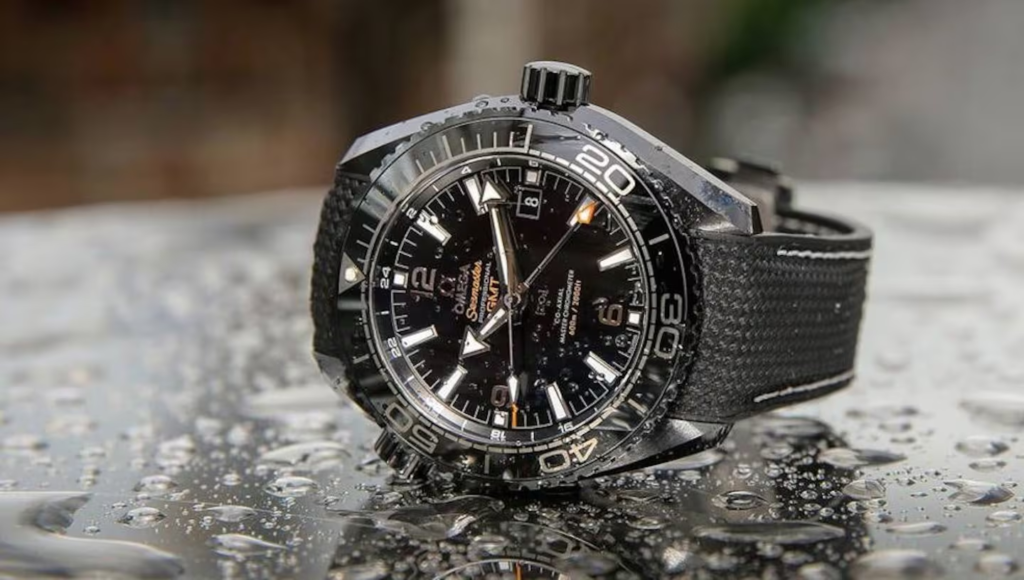
A watch’s dial serves as both functional interface and artistic canvas. Classic designs emphasize legibility through contrasting colors and clear hour markers. Modern interpretations might feature textured surfaces, gradient colors, or unconventional layouts.
Omega demonstrates exceptional dial craftsmanship across their collections, from the clean functionality of Speedmaster chronographs to the elegant guilloche patterns found on Constellation models.
Quality dials exhibit perfect printing alignment, consistent color saturation, and luminous materials that glow brightly when needed. Hand-applied indices and markers represent premium construction techniques that enhance both appearance and longevity.
Size, Fit, and Comfort Considerations
Proper sizing ensures comfortable daily wear and proportional appearance on your wrist. Case diameters typically range from 36mm for dress watches to 44mm for sports models. Thickness affects how well a watch slides under shirt cuffs.
Lug-to-lug measurements often matter more than diameter, as longer lugs can overwhelm smaller wrists regardless of case size. Quality bracelets and straps contribute significantly to wearing comfort through ergonomic links and adjustable clasps.
Consider your lifestyle when selecting size. Larger watches make bold statements but might feel cumbersome during certain activities, while smaller timepieces offer versatility across different occasions.
Investment Potential and Value Retention
While personal enjoyment should drive your selection, understanding market dynamics helps inform purchasing decisions. Limited editions, discontinued models, and pieces from prestigious manufacturers often maintain or increase their value over time.
Research historical pricing trends for specific models and consider factors like production numbers, brand reputation, and collector demand. Some watches appreciate significantly, while others primarily offer personal satisfaction rather than financial returns.
Documentation, original packaging, and service records affect resale value. Maintaining your timepiece through authorized service centers preserves both functionality and collectability.
Where to Purchase and Authentication
Authorized dealers provide warranty coverage, authentic products, and often exclusive models. Established pre-owned specialists offer access to vintage pieces and discontinued references with proper authentication services.
Online marketplaces require extra caution due to sophisticated counterfeits. Verify seller reputation, request detailed photographs, and consider professional authentication services for significant purchases.
Building relationships with reputable dealers can provide access to limited releases and valuable market insights that enhance your collecting experience.
Conclusion
Choosing the perfect luxury watch requires balancing personal preferences with practical considerations like heritage, craftsmanship, and long-term satisfaction. Whether drawn to traditional Swiss excellence or innovative contemporary designs, the right timepiece becomes a treasured companion that transcends mere functionality to become a reflection of your personal style and appreciation for mechanical artistry.
